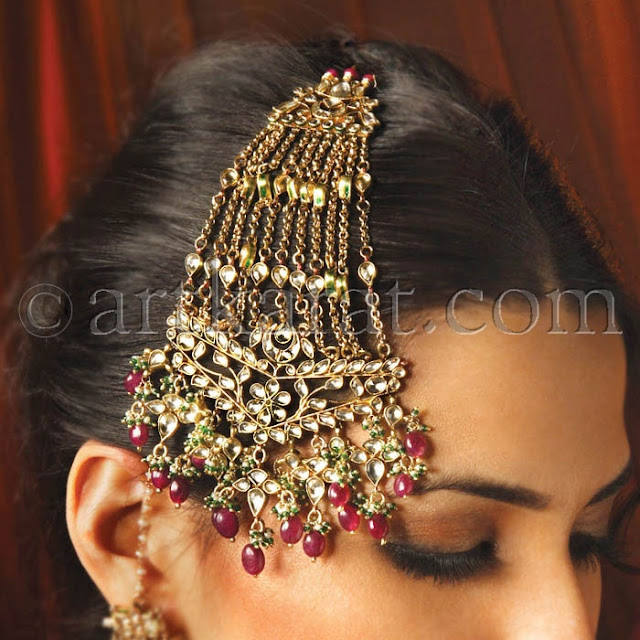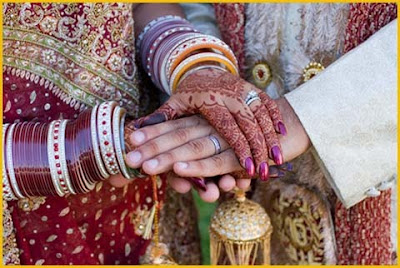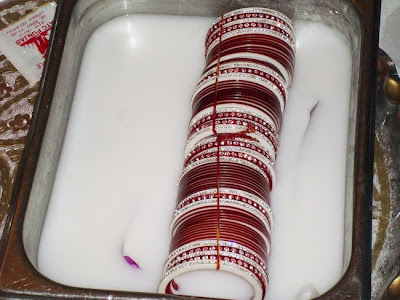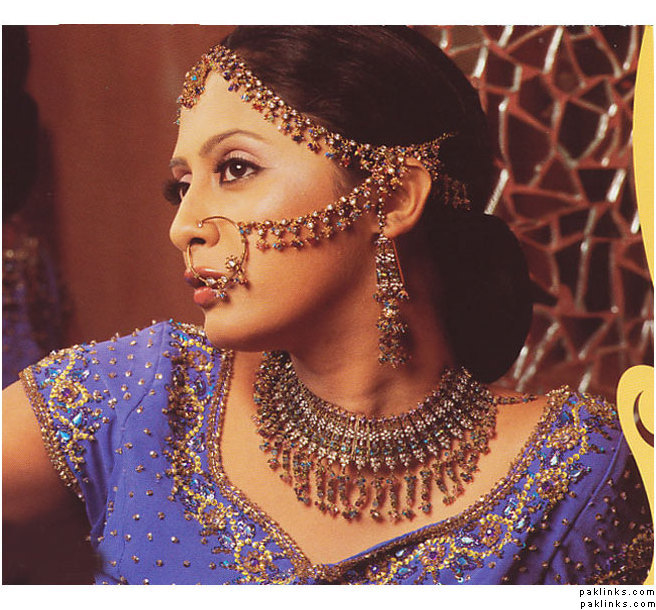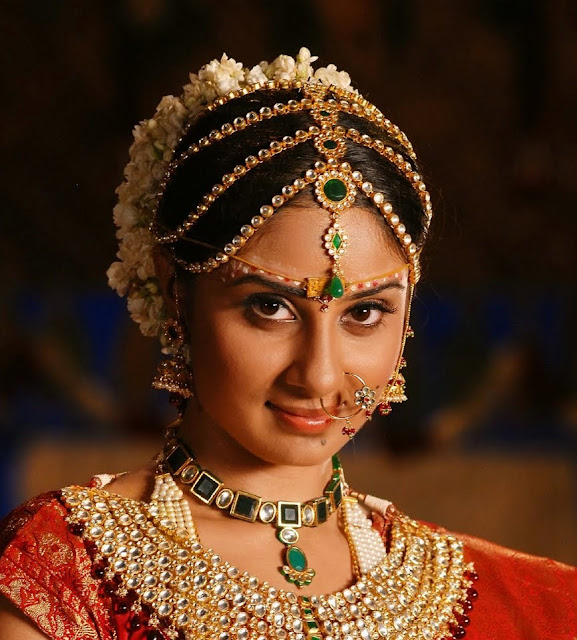

Jodha Akbar Jewellery is inspired by the signature painting on canvas of a tribal self confident lady done by an artist awarded by the Government of India MR. GIRDHAR(1920-60) and has been displayed at even big auction houses of the world like Christies.
Two hundred craftsmen worked for 600 days, moulded 400 kg of gold and precious and semi-precious stones to recreate jewelleries of Mughal era in Ashutosh Gowariker's historical romance Hindi film "Jodhaa Akbar" .
Tanishq, the leading jewellery brand, unveiled the jewellery worn by Aishwarya Rai, who plays the Rajput princess Jodhabai and Hrithik Roshan, who features as Mughal emperor Jalaluddin Akbar, in the movie.
The exquisite pieces include sarpech (feather pin), archer's ring, arsi (mirror ring), bhor (head jewel like in Indian tika) and hansali (choker).

A blend of Mughal and Rajasthani designs, the handcrafted jewels on display are breathtakingly beautiful and give an insight to India's glorious past.
The total weight of the jewellery will be about 300 kg and it's a huge investment on the part of the company. There were 13 ensembles for Aishwarya and eight for Hrithik. Designers have used gold and gems like emeralds, pearls, ruby, tourmaline and jade.
'Jodhaa Akbar' became a design and research challenge because it had to be the specific Rajput and Mughal traditions of the 16th century and there was very little available from that time. It was a research from the combination of miniature paintings, 'Akbarnama' and old royal families. We also did a lot of research in museums and archives, private collection of various royalties and at the Chitrakala Parishad.
The basic difference was that Mughal jewellery was much finer in craftsmanship and Rajput jewellery was more rustic. At that time - Mughals used a lot more pearls than the Rajputs did."
Akbar's favourite gem was the emerald. In 'Akbarnama' there are actually blue prints of emerald mines, which Akbar had started and wherever you see him, he wears emeralds, which is the symbol of power.
Ornaments were created keeping in mind its relevance to the two rich Indian traditions. It was a tedious job for the team working on the jewellery to find details about Jodhabai's jewels.
For Akbar, there were a lot more literal references, but for Jodha there were very few. We got references from Rajput designs of that time, used motifs that were prevalent at that time, architecture, miniature paintings and through existing pieces from that time.
 |
| Jodha Akbar Jewellery |
In the 16th century, Rajput women use to wear 12 pieces of jewellery. Starting with the 'borla' (hair pins) to anklets and it was made sure that designers followed the same definition of an ensemble.
The designs are mostly "kundan and meenakari"- inlay work common to Rajasthan. The interesting thing about most 'kundan' and 'meenakari' is as many as five craftsman worked on one single piece. One made the mould, another set the stone, one inlaid the pearls and others made the colourful 'meenakari' work. So, each jewel takes a long time to craft. It's not factory-made. The jewellery was handcrafted.
Women used to wear large thumb rings with mirrors so that they could see their faces in the mirror. Now, setting a mirror in that mould is a special skill and it doesn't exist today. Designers had to find craftsman who could recreate it.
The dazzling array of precious ornaments worn by Emperor Akbar and Jodhaabhai in the movie Jodha Akbar truly brings to life the opulence of the Mughal and Rajput trousseaus.
From intricate neckpieces, rings, bangles, earrings and chains to more traditional pieces such as the sarpech (turban ornament), hathphool (hand ornament) and bhor (forehead ornament), the collection is nothing short of extravagant!
Some of the pieces that are worth noticing are:
Emperor Akbar’s Sword:
Akbar the Great – mighty emperor, conqueror of nations, vanquisher of foes – wielded the sword with great élan. This magnificent weapon, with meticulously sculpted elephants, was symbolic of Emperor Akbar’s power, masculinity and leadership. 8 specialists took 11 months to breathe life into the magnificent gem-encrusted, 3.5 feet long ceremonial sword.
Akbar’s Sarpech:
Turban ornament was the ultimate symbol of royalty, worn exclusively by Emperor Akbar in his durbar. Large emeralds crafted in elaborate floral motifs were used in his sarpech to fulfill his fascination with this green stone.
Jodha's Aad:
An ornament that adorns the neck and flows down to decorate her chest, the Aad is the most elaborate ornament of the Rajput queen. It was the central piece of the bride’s wedding trousseau that symbolised her transition from girl to woman.
This ornament was also meant to display the wealth and rank of the bride’s family; the bigger and heavier the aad looked, the greater was the status of the bride’s family.


















